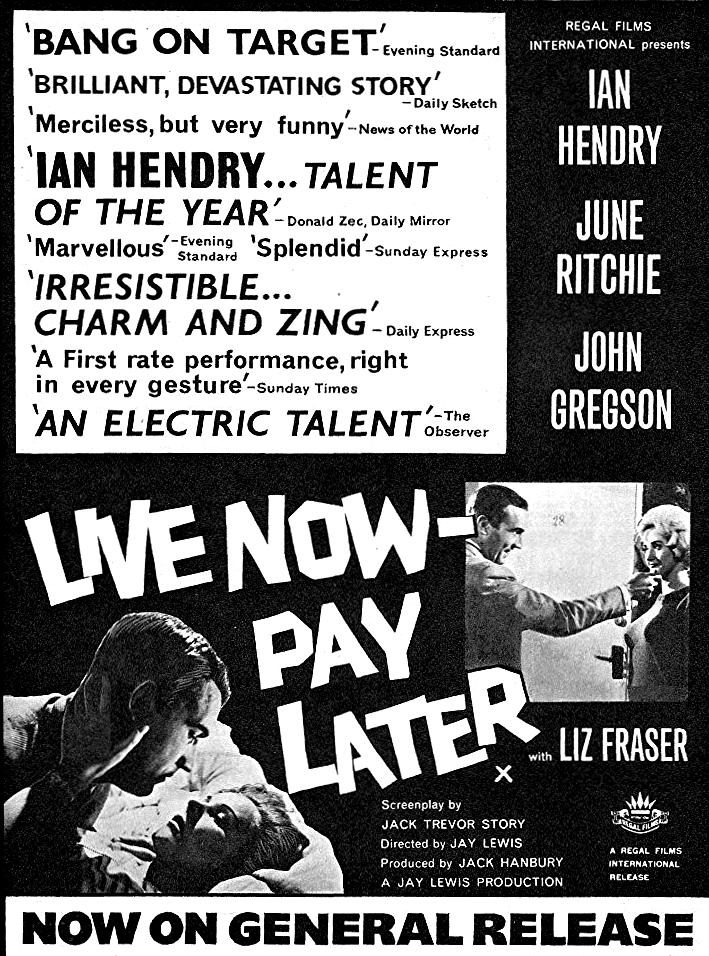The Emptiness At The Heart Of Wes Anderson's Latest Film

Table of Contents
Stylistic Excess Masking Emotional Void
Wes Anderson's signature visual style—symmetrical compositions, pastel palettes, meticulously designed sets—is immediately striking. However, in Asteroid City, this stylistic excess serves to highlight, rather than mask, the emotional detachment of the characters. The film's almost overwhelmingly beautiful aesthetic creates a jarring contrast with the underlying feelings of loneliness and isolation experienced by its protagonists.
- Specific Scenes: The meticulously staged scenes of the Junior Stargazer convention, while visually captivating, emphasize the characters' individual struggles for connection amidst the forced camaraderie. The carefully arranged shots of the desolate landscape surrounding Asteroid City mirror the emotional barrenness of the characters' inner lives.
- Color and Mise-en-scène: The pastel palette, while beautiful, feels almost artificial, further emphasizing the disconnect between the surface perfection and the underlying emotional turmoil. The characters are often positioned centrally within the frame, yet isolated within their own emotional worlds.
- Ironic Whimsy: The film's whimsical aesthetic ironically underscores the serious themes of loneliness, loss, and the search for meaning. The vibrant visuals act as a poignant counterpoint to the underlying melancholy, creating a uniquely unsettling cinematic experience. This ironic use of visual style is a hallmark of Wes Anderson's work, but it's particularly pronounced in Asteroid City.
Fragmented Relationships and the Search for Connection
The relationships in Asteroid City are characterized by superficiality and a lack of genuine connection. Despite the shared experience of the convention, the characters remain emotionally distant, their interactions often hampered by communication breakdowns and emotional unavailability.
- Examining Relationships: The father-daughter relationship between Augie Steenbeck and his daughter, is strained by unspoken grief and emotional distance. The romantic entanglements, similarly, lack genuine depth, often marked by misunderstandings and missed opportunities for true intimacy. Even the supposedly supportive friendships among the characters feel tenuous and ultimately unsatisfying.
- Communication Breakdown: The characters struggle to articulate their feelings, resorting to indirect communication and often failing to connect on an emotional level. The film utilizes dialogue that hints at deeper issues but remains largely cryptic, leaving the audience to decipher the unspoken tensions.
- Failed Connections: The attempts at connection, both romantic and familial, often end in frustration or disappointment. The characters' longing for intimacy remains largely unfulfilled, leaving a lingering sense of incompleteness. This yearning for connection further underscores the feeling of emptiness that permeates the narrative.
The Absence of Meaning and the Pursuit of Purpose
Asteroid City delves into existential themes, exploring the characters' search for meaning and purpose in a seemingly meaningless world. The film presents a world where grand narratives are challenged, and individual lives seem to lack inherent purpose.
- Lack of Clear Goals: Many characters appear adrift, lacking clear motivations or goals. Their actions often feel arbitrary, reflecting a sense of purposelessness that hangs over the narrative. The film deliberately avoids providing easy answers or satisfying resolutions, leaving the audience to grapple with the ambiguity of existence.
- Scenes of Meaninglessness: Several scenes directly address the themes of meaninglessness and existential angst. The play-within-a-film structure itself comments on the artificiality of constructing meaning, while the characters' individual struggles to find purpose reflect a broader existential crisis.
- The Film's Ending: The open-ended nature of the film's conclusion reinforces the feeling of uncertainty and lack of definitive answers. The characters' futures remain uncertain, further highlighting the film's exploration of existential themes and the inherent ambiguity of life.
A Legacy of Emptiness in Wes Anderson's Filmography
The thematic emptiness in Asteroid City echoes similar explorations in previous Wes Anderson films. This consistent theme contributes to a recognizable style and ongoing exploration of human connection and the search for meaning.
- Recurring Motifs: The feeling of isolation and emotional detachment found in Asteroid City is present in films like The Royal Tenenbaums and Moonrise Kingdom. The meticulous visual style, often used to create a sense of artificial perfection, also serves to underscore the emotional voids within these narratives.
- Thematic Consistency: Across his filmography, Anderson consistently presents characters grappling with complex emotions, often struggling with communication and connection. Asteroid City builds on this established theme, presenting it with perhaps even greater intensity and poignancy.
Conclusion
This analysis has shown how Asteroid City, despite its dazzling visuals, explores a pervasive sense of Wes Anderson's emptiness. The film's fragmented relationships, emotionally distant characters, and exploration of existential themes contribute to a powerful, albeit unsettling, cinematic experience. The meticulous artistry serves as a stark counterpoint to the emotional void at the film's core.
Have you experienced this sense of emptiness in Wes Anderson’s latest film? Share your thoughts and interpretations in the comments below. Let's discuss the complexities of Wes Anderson's emotional landscapes and the lasting impact of this unique cinematic vision. What do you think contributes to the feeling of emptiness in his work? Join the conversation!

Featured Posts
-
 Nl West Report Giants Lead Suarezs 4 Hr Game Rockies Struggle
May 28, 2025
Nl West Report Giants Lead Suarezs 4 Hr Game Rockies Struggle
May 28, 2025 -
 Ajaxs Title Push Feyenoord And Psvs Heated Chase
May 28, 2025
Ajaxs Title Push Feyenoord And Psvs Heated Chase
May 28, 2025 -
 Prakiraan Cuaca Semarang Besok 22 April Hujan Siang Hari Di Jawa Tengah
May 28, 2025
Prakiraan Cuaca Semarang Besok 22 April Hujan Siang Hari Di Jawa Tengah
May 28, 2025 -
 Alejandro Garnacho Transfer Chelseas Interest And Manchester Uniteds Stance
May 28, 2025
Alejandro Garnacho Transfer Chelseas Interest And Manchester Uniteds Stance
May 28, 2025 -
 The 2025 Amas Date Nominees Performances And More
May 28, 2025
The 2025 Amas Date Nominees Performances And More
May 28, 2025
Latest Posts
-
 Those British Faces A Celebration Of Anna Neagles Career
May 30, 2025
Those British Faces A Celebration Of Anna Neagles Career
May 30, 2025 -
 Understanding Live Now Pay Later Options Benefits Risks And How To Choose
May 30, 2025
Understanding Live Now Pay Later Options Benefits Risks And How To Choose
May 30, 2025 -
 Live Now Pay Later A Comprehensive Overview Of Buy Now Pay Later Services
May 30, 2025
Live Now Pay Later A Comprehensive Overview Of Buy Now Pay Later Services
May 30, 2025 -
 Live Now Pay Later Your Guide To Smart Spending
May 30, 2025
Live Now Pay Later Your Guide To Smart Spending
May 30, 2025 -
 Pinar Deniz Ve Kaan Yildirim Ogullari Fikret Hakan I Sosyal Medyada Paylasti
May 30, 2025
Pinar Deniz Ve Kaan Yildirim Ogullari Fikret Hakan I Sosyal Medyada Paylasti
May 30, 2025
